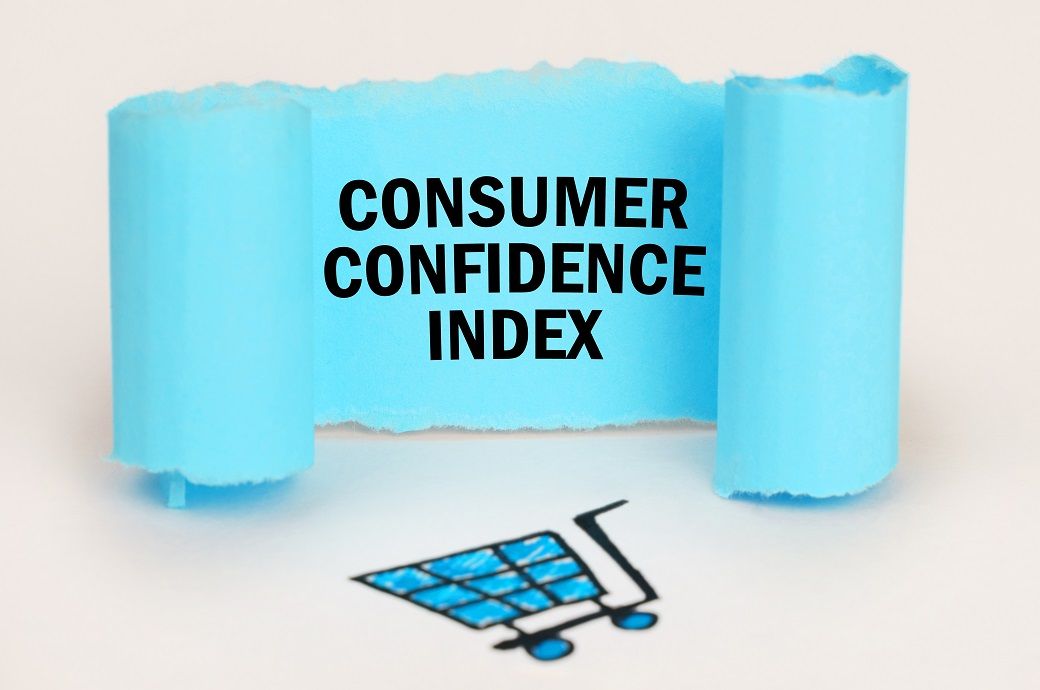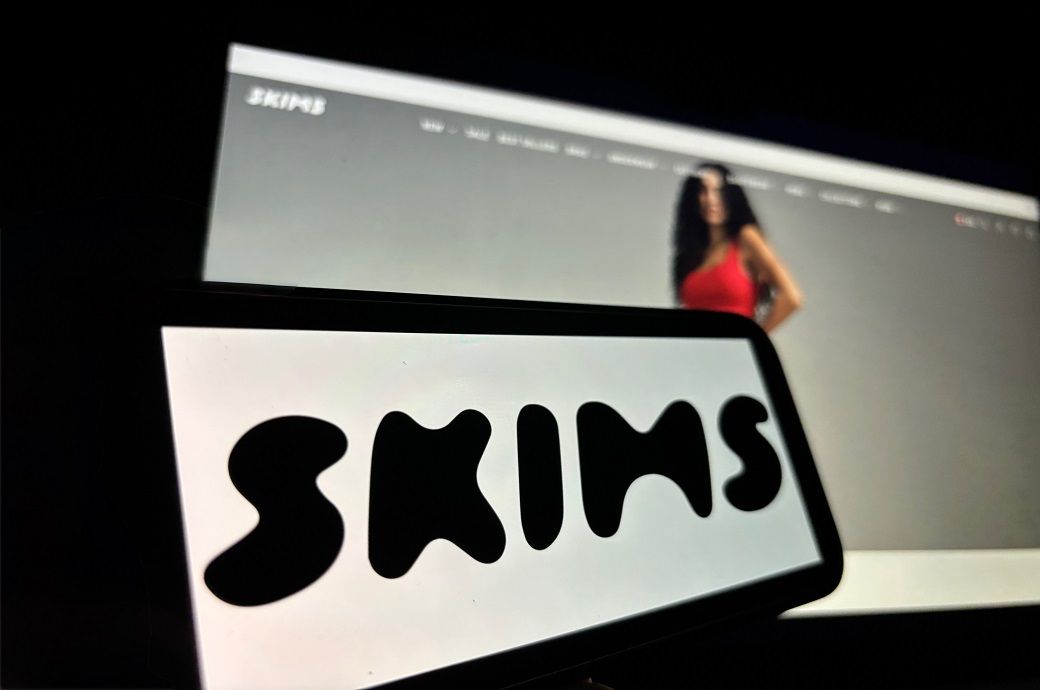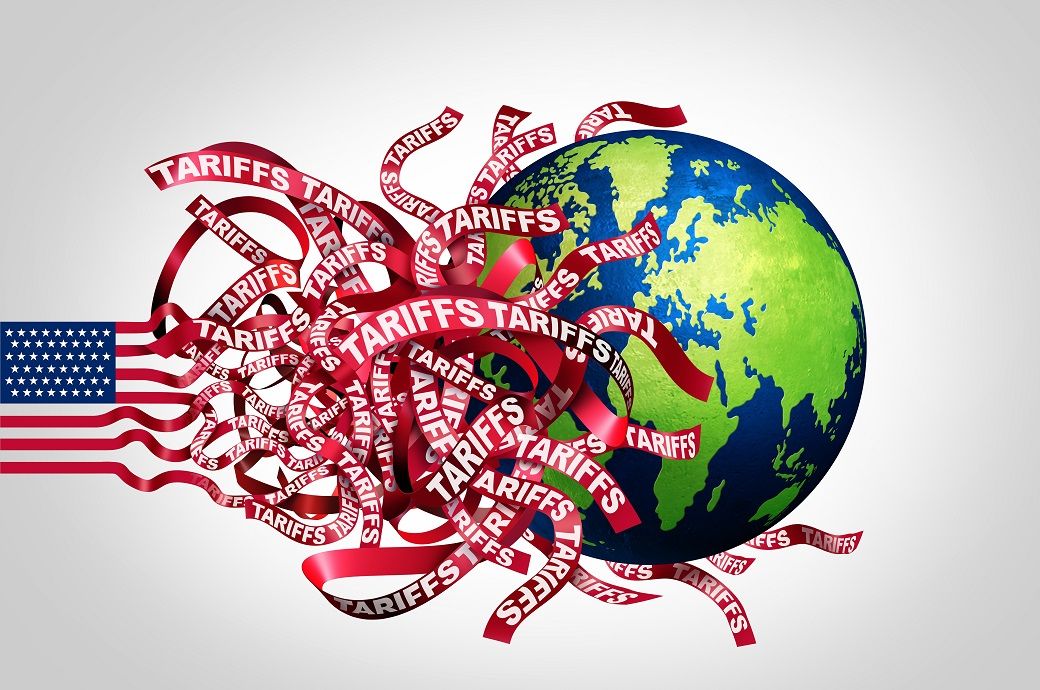Fashion
Dutch consumer confidence improves further in November: CBS

With a headline figure of -27, the consumer confidence indicator for November is positioned well below its long-term average for the previous twenty years (-10). The indicator reached its all-time high (36) in January 2000, while the all-time low (-59) was reached in September and October 2022. Statistics Netherlands has monitored consumer confidence every month since April 1986, based on its consumer survey. Consumer confidence is assessed using five questions, where the balance of positive and negative responses is taken from each question. If all consumers are positive, the balance is 100. If all consumers are negative, the balance is -100.
Consumers were less pessimistic about the economy in November than they were in October. This component of the indicator rose from -46 to -34. Consumers were less negative about the economic outlook for the next twelve months, in particular.
Consumer confidence in the Netherlands improved in November, rising from -27 to -21—its biggest jump in 4.5 years—though still below the long-term average.
Economic sentiment strengthened notably, and willingness to buy increased from -14 to -12.
Consumers were less pessimistic about both future economic conditions and their personal finances, and slightly more open to major purchases.
In November, willingness to buy was -12, up from -14 in October. Consumers were more positive about their personal financial situation for the next twelve months, and were less negative about their financial situation over the previous twelve months. Consumers were also less negative about making large purchases in November than they were in October.
Fibre2Fashion News Desk (RR)
Fashion
American brand Skims secures $225 mn to drive global expansion

The financing round was led by Goldman Sachs Alternatives with participation from BDT & MSD Partners’ affiliated funds. SKIMS plans to use proceeds from the investment to continue fueling its physical retail and international expansion efforts. SKIMS now has 18 owned retail stores in the US and two franchise doors in Mexico and is laying the groundwork to be a predominantly physical business over the next few years. The company will also use this infusion of capital to invest in product innovation and category expansion, solidifying the company’s strong position within intimates and shapewear while further scaling its presence within apparel and activewear. SKIMS’s recent launch of the NikeSKIMS brand, in partnership with Nike Inc., exemplifies the company’s commitment to pushing boundaries and delivering industry-leading innovation.
Skims has secured $225 million in new funding led by Goldman Sachs Alternatives, valuing the brand at $5 billion.
The investment will accelerate global retail expansion, product innovation and category growth.
With 20 stores across the US and Mexico and strong momentum from the NikeSkims launch, the company is on track to surpass $1 billion in net sales in 2025, just six years after its debut.
The brand is expected to exceed $1 billion in net sales in 2025, just six years after its inception.
“This milestone reflects continued confidence in our long-term vision and coupled with disciplined execution, positions SKIMS to unlock its next phase of growth,” said Jens Grede, Co-Founder and Chief Executive Officer, SKIMS.
“SKIMS stands as a solutions-driven apparel innovator, pioneering new categories and redefining everyday wear. We look forward to partnering with management to pursue significant opportunities and deliver disruptive, sustained growth,” said Beat Cabiallavetta, Global Head of Hybrid Capital at Goldman Sachs Alternatives.
“Today’s announcement validates the hard work of our incredible team and partners who have helped us reach this exciting new chapter, becoming a global omnichannel retail brand. We can’t wait to take SKIMS to the next level as we continue to innovate and set the standard for our industry,” said Kim Kardashian, Co-Founder and Chief Creative Officer, SKIMS.
“We are pleased to support SKIMS in its continued growth and success, and to partner with founders who combine creativity with strong business leadership. Our investment reflects BDT & MSD’s commitment to backing exceptional entrepreneurs building enduring, innovative brands,” said Greg Olafson, President & Co-Chief Investment Officer, BDT & MSD.
Note: The headline, insights, and image of this press release may have been refined by the Fibre2Fashion staff; the rest of the content remains unchanged.
Fibre2Fashion News Desk (RM)
Fashion
Global businesses adapt to tariff pressures, turn to diversification
Fashion
ASOS edges forward, still loss-making but margins grow, hard work is behind it

Published
November 21, 2025
ASOS full-year results on Friday showed the fashion e-tail giant still with lots of negative numbers although its gross margin has grown and it seems closer to a return to growth if things go right for it.
The results report contained a lot of words in which the company reviewed its strategy overall and highlighted the improvements it has made, but jumping directly to the figures, it remains loss-making.
Looking first at adjusted figures for the 52 weeks to the end of August, gross merchandise value (GMV) was down 12% at £2.456 billion while adjusted group revenue dropped 14% to just under £2.465 billion. But the adjusted gross margin increase to 47.1% from 43.4%.
Adjusted EBITDA was up from £80.1 million to £131.6 million but this was below analysts’ expectations. However adjusted EBIT narrowed almost 50% at a loss of £32.2 million. The adjusted loss before tax improved almost 28% to £98.2 million.
Moving on to the statutory numbers, group revenue fell 15% to a little under £2.478 billion while the statutory gross margin at 47.1% was up from 40% the year before. The operating loss narrowed from almost £332 million a year ago to a loss of just over £212 million this time and the loss before tax also showed a strong improvement going from last year’s £379 million to a loss of just over £281 million this time.
The company said that for the current financial year (FY26), enabled by the strategic and financial progress made throughout its turnaround, it expects GMV to show an improving trajectory throughout the 12 months with the performance 3-4ppts ahead of revenue performance.
This will be driven by continued growth of flexible fulfilment models and reflecting its mix shift it has moved to GMV as the primary indicator of its top-line performance.
It will see further gross margin improvement reaching between 48% and 50% and further adjusted EBITDA growth to between £150 million and £180 million.
The company has been intensively restructuring its operations with an aim to deliver trends faster. Its Test & React model has successfully scaled to more than 20% of own-brands sales. And its partner brand product portfolio has been transformed. It has also put a number of operational efficiencies in place and strengthened its balance sheet significantly. It also referenced the successful relaunch of the Topshop brands, key leadership appointments during the year and important collabs such as the one with Adidas.
ASOS said its priority for FY26 is to deepen its relationships with customers and to make it not just a place to shop but a destination for inspiration and style. It’s leaning into what makes it distinctive, which it says is its unique assortment of the best own-brand and partner brand products, fuelled by speed and flexibility, styling that helps customers create outfits they love, and increasingly personalised experiences. It believes the most difficult work is now behind it.
FY25 deep dive
So looking back at the results for the past year, the GMV decline of 12% was quite significant, but it reflected actions taken to improve order profitability against a soft consumer backdrop. The top line performance was lower than expected but it said the quality of sales improved and the full-price mix increased with own-brand also gaining share within the mix. Its flexible fulfilment models gained significant traction and this broadened its product range without adding inventory risk, also ensuring that GMV growth outpaced revenue growth.
Its performance by individual markets saw the UK with GMV falling 7% while total revenue was down 9%. The number of visits and the number of orders both fell 12% and conversion was flat. But average basket value (ABV) was up 6%.

The company said the UK performance was more resilient than other regions during the year and while active customers declined by 8%, customer retention is improving.
In Europe, GMV declined 16% with total revenue down 19%, or 17% like for like (LFL). Visits dropped 17% and orders dropped 20% with conversion down 10bps. But ABV was up 3%, or 5% LFL. The company said this was partly due to its actions taken to limit unprofitable orders and also due to macroeconomic pressures.
In the US, GMV fell 18% with total revenue down 25%, or 22% LFL. Visits were down 17% while orders dropped 24% and conversion was down 20 bps. But as with other regions ABV rose, in this case by 4%, or 8% LFL.
Again, in this market the full-price mix improved and the rate of decline narrowed from 31% in H1 to 21% in H2.
In the rest of the world, GMV was down 15% with total revenue falling 16%, or 14% LFL. Visits dropped 14%, orders dropped 17% and conversion fell 10bps. But ABV rose 1% or 3% LFL.
Copyright © 2025 FashionNetwork.com All rights reserved.
-

 Tech6 days ago
Tech6 days agoNew carbon capture method uses water and pressure to remove CO₂ from emissions at half current costs
-

 Politics1 week ago
Politics1 week agoBritish-Pakistani honoured for transforming UK halal meat industry
-

 Sports6 days ago
Sports6 days agoTexas A&M officer scolds South Carolina wide receiver after touchdown; department speaks out
-

 Business6 days ago
Business6 days agoThese 9 Common Money Mistakes Are Eating Your Income
-

 Business7 days ago
Business7 days agoWhat’s behind Rachel Reeves’s hokey cokey on income tax rises?
-

 Sports7 days ago
Sports7 days agoApple scrapping MLS Season Pass service in ’26
-

 Fashion7 days ago
Fashion7 days agoAfter London, Leeds and Newcastle, next stop Glasgow for busy Omnes
-

 Tech1 week ago
Tech1 week ago$25 Off Exclusive Blue Apron Coupon for November 2025



















